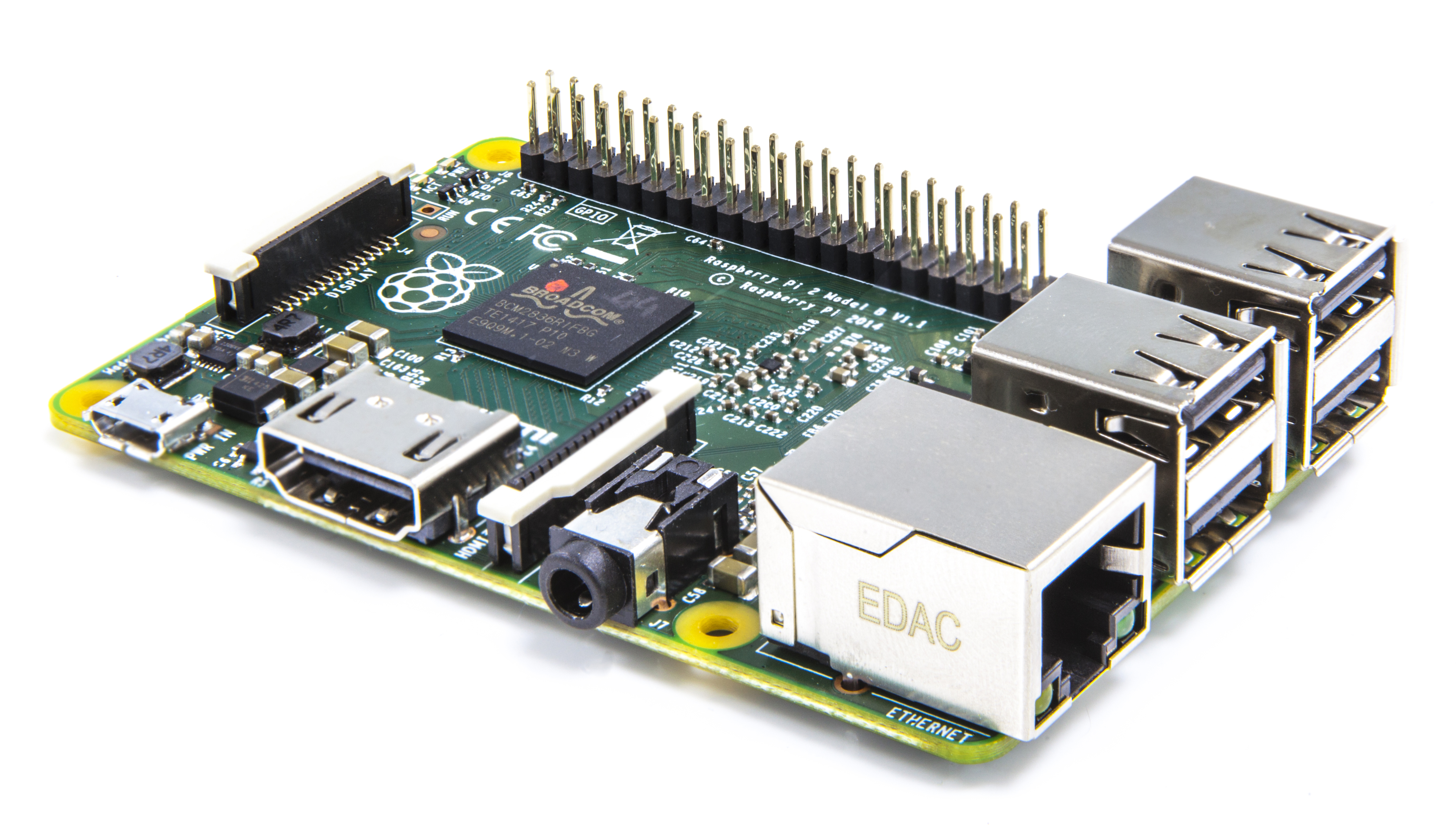In our project we have to use a parallel algorithm which implements integer computing. Meanwhile the implementation of this algorithm for ARM architecture, we explored two other benchmarks (Nbench and Dhrystone) that provide a measure of integer performance in two operating systems (Rasbian and Fidora).
We notice that Fidora 21 isn't an official final release version of Fedora for Raspberry PI 2 but just a third distribution compiled for ARMv7. But it contains some limitations which aren't permitted us to test Nbench in this OS.
For this reason we present the results of Nbench testing from Rasbian OS that can be compared to other results from following link here:
The results of Dhrystone benchmark for Rasbian OS are shown below.
And those for Fidora OS are
So these results could be compared to other results from the link here.
We can see from our tests that there is an advantage of Fidora OS which can be explain by reduced of active background modules in this OS comparing to another.
We notice that Fidora 21 isn't an official final release version of Fedora for Raspberry PI 2 but just a third distribution compiled for ARMv7. But it contains some limitations which aren't permitted us to test Nbench in this OS.
For this reason we present the results of Nbench testing from Rasbian OS that can be compared to other results from following link here:
The results of Dhrystone benchmark for Rasbian OS are shown below.
And those for Fidora OS are
So these results could be compared to other results from the link here.
We can see from our tests that there is an advantage of Fidora OS which can be explain by reduced of active background modules in this OS comparing to another.




